Service hotline
+86 0755-83975897
 en
en Release date:2025-02-20Author source:KinghelmViews:1164
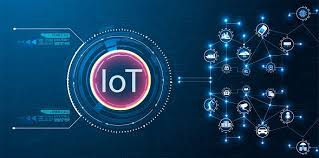
The IIoT market is experiencing healthy growth in dedicated cellular networks.
IIoT customers are eager to digitize critical use cases through high-performance private networks, positioning these industries at the forefront of adopting private 4G and 5G technologies.
According to ABI Research's report, the manufacturing and transportation sectors are expected to have the highest number of dedicated cellular IoT connections in the future, reaching approximately 108 million and 71 million connections respectively by 2030.
ABI Research IoT Networks and Services Analyst Lizzie Stokes stated, "Mission-critical use cases require ultra-reliable connectivity. Any interruption in these operations could result in significant revenue loss or threaten human life. Considering these consequences, most IIoT customers will opt for dedicated cellular networks... especially heavy machinery automation that demands the performance and low latency of dedicated 5G networks." Industrial customers typically initially invest in dedicated cellular networks to connect employees' communication devices like smartphones or tablets, but ultimately realize these networks can provide value in more critical IoT applications.
Given the importance of their use cases, dedicated wireless suppliers such as Ericsson and Nokia have consistently focused on the needs of these industrial customers. However, despite their relevance, mission-critical IIoT applications only constitute a fraction of the total IoT use cases. Most IoT use cases do not require ultra-low latency networks but rather support communication from devices with infrequent and low payload transmissions. These non-mission-critical IoT use cases are better suited for non-cellular dedicated network technologies such as Wi-Fi, private LoRaWAN, or DECT-2020 NR.
For instance, interconnected sensors in commercial buildings, hospitals, and hotels do not necessitate high-performance cellular networks and are more likely to benefit from remote and low-power options like private LoRaWAN. The latest versions of Wi-Fi, such as Wi-Fi 6E and Wi-Fi HaLow, make this technology more relevant for non-critical task demands in large, complex campuses such as universities and entertainment venues. DECT-2020 NR, as the first non-cellular 5G standard, supports high device density, making it highly suitable for smart metering use cases.
When considering non-critical task applications, the competitive landscape of the dedicated wireless industry expands to include non-cellular technologies, which may not receive as much industry-wide attention as dedicated cellular networks. Key players in the important non-cellular dedicated wireless market include Wirepas, Semtech, LoRa Alliance, as well as suppliers of Wi-Fi HaLow and Wi-Fi 6E such as NEWRACOM, Qualcomm, and Cisco.
Stokes stated, "The ideal dedicated network connection technology for any IoT use case will largely depend on its significance. However, from healthcare to manufacturing, all critical IoT verticals will experience healthy growth in private cellular IoT connections between 2025 and 2030, underscoring the impact of this relatively newer technology, even in applications heavily reliant on non-cellular technologies."
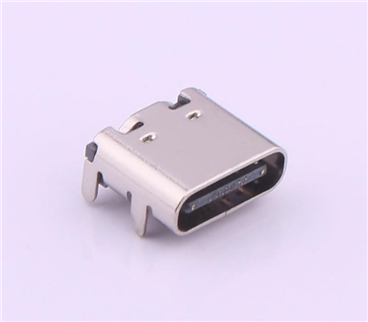
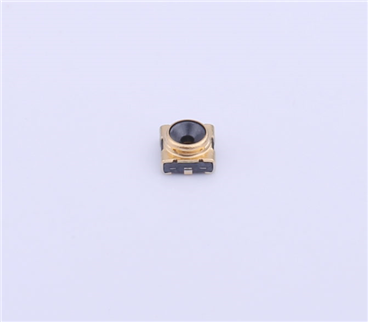
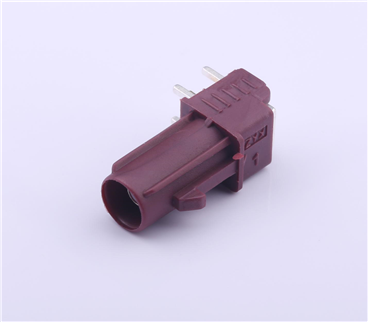
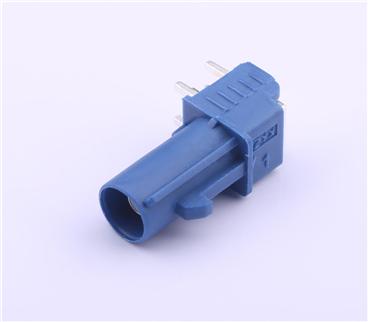
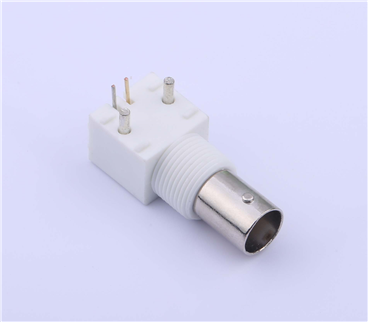
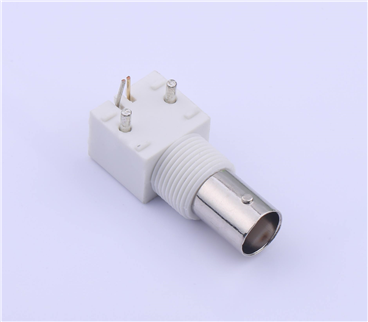
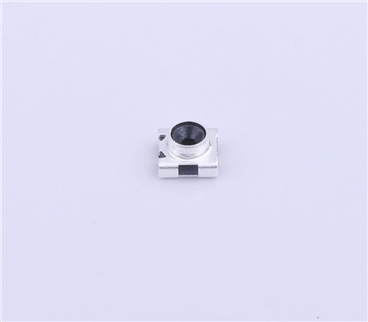
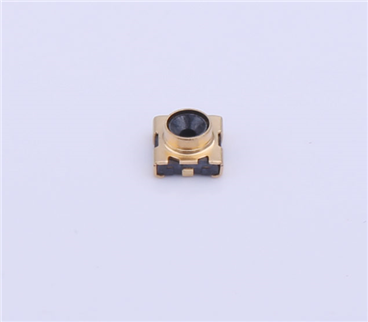
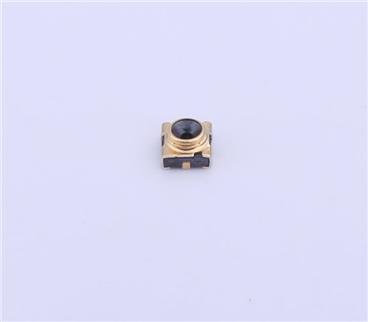
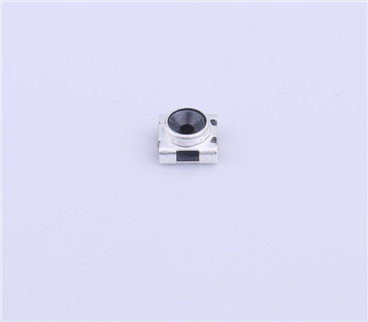
Copyright © Shenzhen Kinghelm Electronics Co., Ltd. all rights reservedYue ICP Bei No. 17113853
